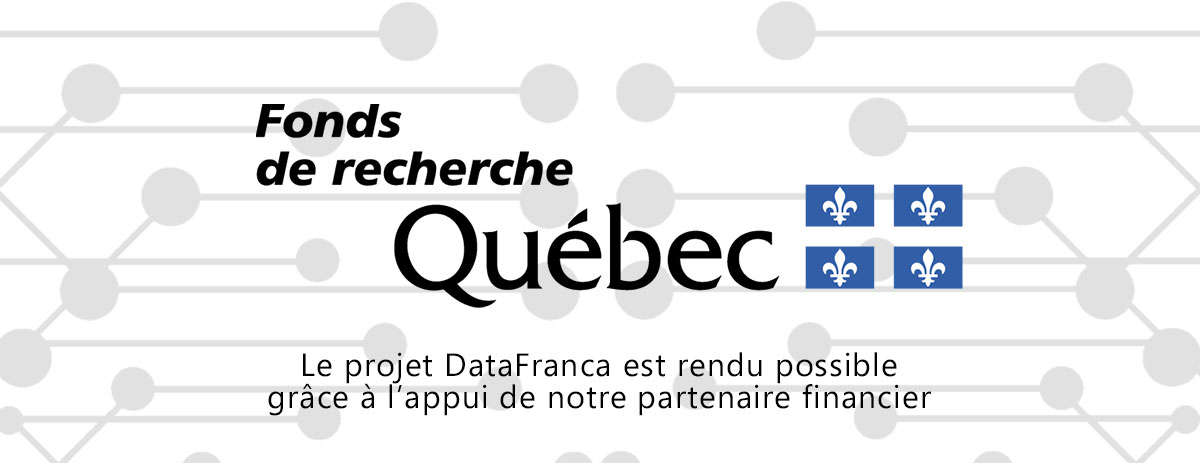Facteur de certitude
en construction
Définition
xxxxxxx
Français
xxxxxxx
Anglais
certainty factor
A certainty factor is a number, often in the range -1 to +1, which is associated with a condition or an action of a rule. In more detail, each component of a condition may have an certainty factor associated with it - for example if the condition is of the form A and B, then there could be a certainty factor for A and a certainty factor for B.
A certainty factor of 1 means that the fact (or proposition) is highly certain. A certainty factor of 0 means no information about whether the proposition is true or not. A certainty factor of -1 means that the proposition is certainly false. A certainty factor of 0.7 means that the proposition is quite likely to be true, and so on.
The certainty factors of conditions are associated with facts held in working memory. Certainty factors for actions are stored as part of the rules.
Rules for manipulating certainty factors are given in the lecture notes on uncertain reasoning.
However, here is a simple example. Suppose that there is a rule
meaning that if P is true, then, with certainty factor 0.7, Q follows. Suppose also that P is stored in working memory with an associated certainty factor of 0.8. Suppose that the rule above fires (see also match-resolve-act cycle). Then Q will be added to working memory with an associated certainty factor of 0.7 * 0.8 = 0.56.
Contributeurs: Imane Meziani, wiki, Sihem Kouache










